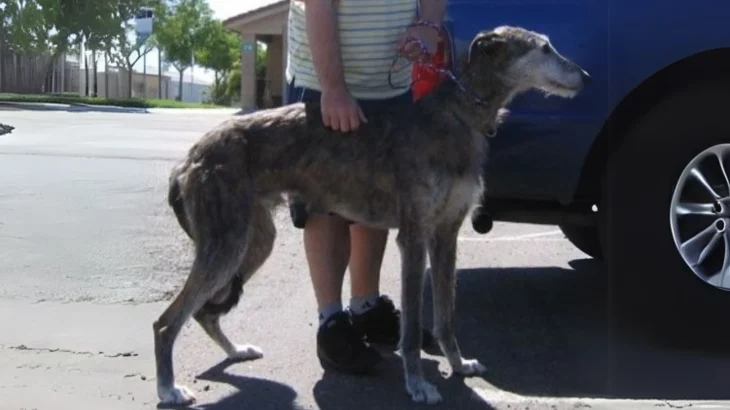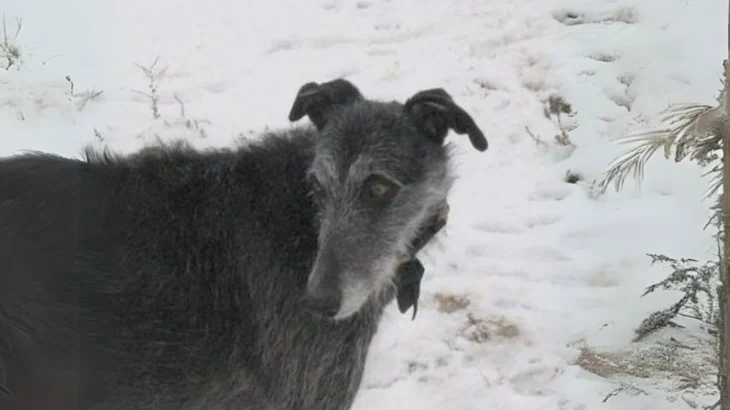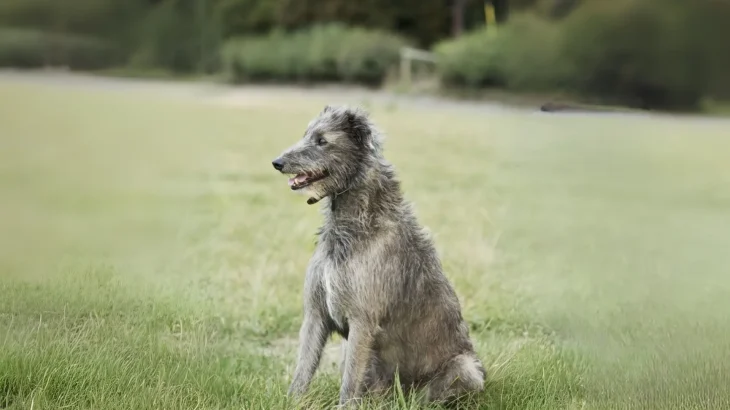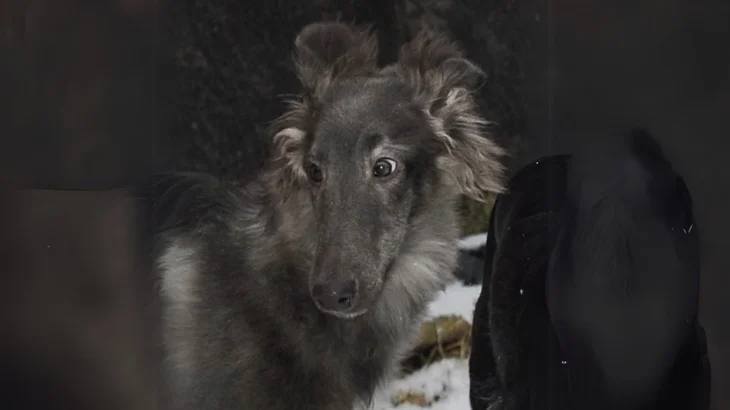When deciding between adopting or purchasing an American Staghound puppy, the rarity of the breed plays a significant role. Since these dogs are not commonly found in shelters, purchasing from a reputable breeder might be the most feasible way to find a puppy. However, adoption can offer benefits like mature dogs with known temperaments and potentially fewer unknown health issues.
Adoption vs. Breeder: Pros & Cons
| Criteria | Buying from Breeder | Adopting from Shelter/Rescue |
|---|---|---|
| Cost | Higher cost; American Staghounds are rare and breeders may charge a premium. | Lower adoption fees; puppies are rarely available due to breed's rarity. |
| Health History | Breeders provide health certifications and parent histories to reduce genetic risks. | Health may be more apparent in adults; some uncertainty in early history. |
| Age Availability | Primarily puppies, allowing early training and bonding. | Mostly adults or seniors; less chance of finding a puppy. |
| Temperament Insight | Breeders can inform about lineage behavior and traits. | Behavior assessment based on observed temperament in shelter or foster. |
| Supporting Practices | Supports breed preservation and responsible breeding if breeder is ethical. | Supports animal welfare by providing homes to dogs in need; helps reduce overpopulation. |
| Ethical Considerations | Requires careful research to avoid supporting puppy mills. | Offers a second chance to dogs needing homes, supporting rescue efforts. |



















































